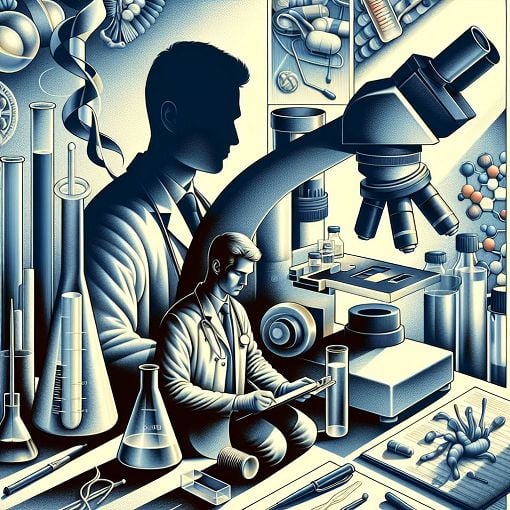Entry test 2023 - lab cycle 2
{"name":"Entry test 2023 - lab cycle 2", "url":"https://www.quiz-maker.com/QPREVIEW","txt":"Test your knowledge with our comprehensive Entry Test tailored for Lab Cycle 2 in 2023. Dive into a variety of questions that assess your understanding of key medical concepts and terminology.Key Features:Multiple choice questionsFocus on clinical knowledgeGreat for students and professionals alike","img":"https://cdn.poll-maker.com/104-5106015/img-1uf2tgnrddactxxkbnmgrgwv.jpg"}
More Quizzes
Short-Quizz
105379
BLOOD PHYSIOLOGY (1-50)
60300
LAS NOTICIAS DE LIMA
100
USA
15822
Test Your Sports Knowledge - Free Online MCQ
201018504
Indiscriminable Contingencies - ABA Knowledge Check
201025156
Which Is Not an Internal Stakeholder? IB Business
201021051
Ecological Footprint Practice - Free Online
201019039
C - Free Practice Questions to Test Your Skills
201018089
Possessive Case - Nouns and Apostrophes Practice
201022946
Music Personality Test - What Your Taste Says About You
201019039
Free ServSafe Manager Practice Test Online
201021297

